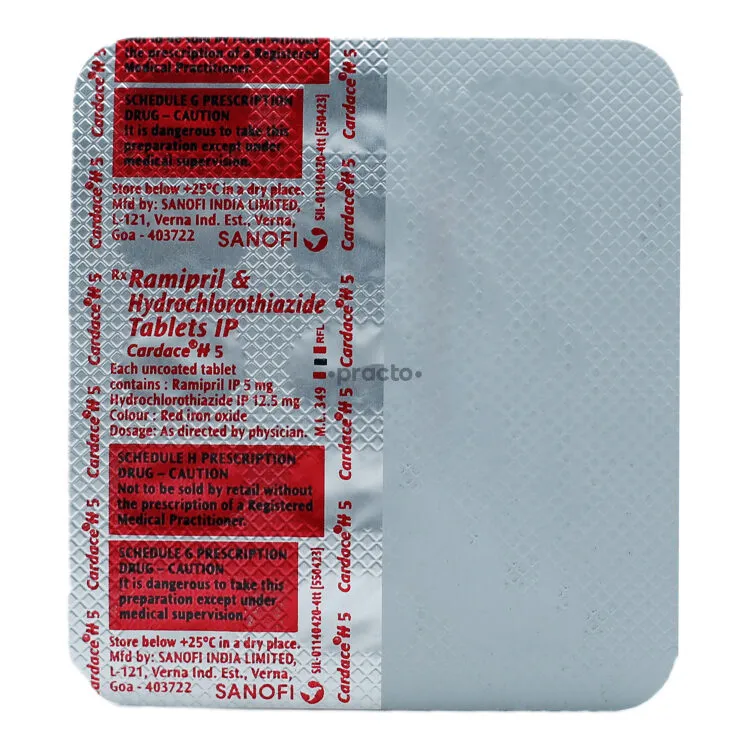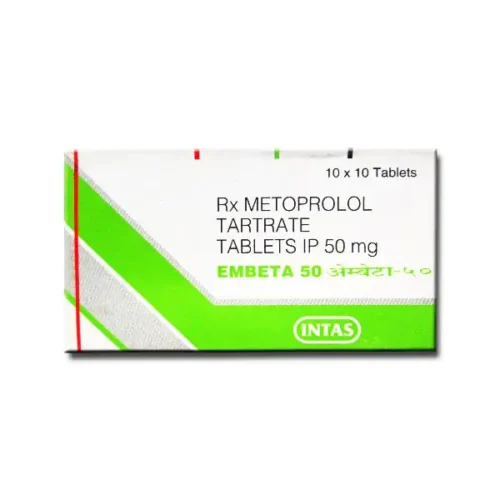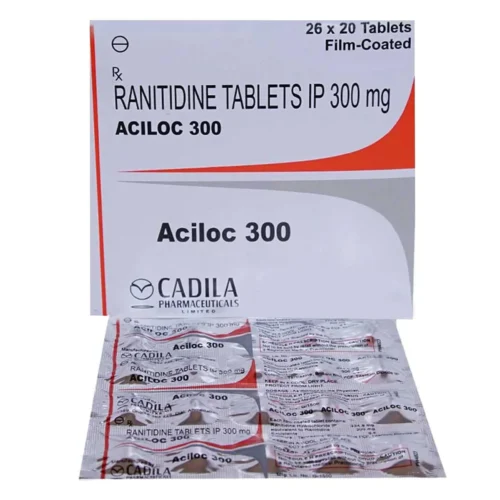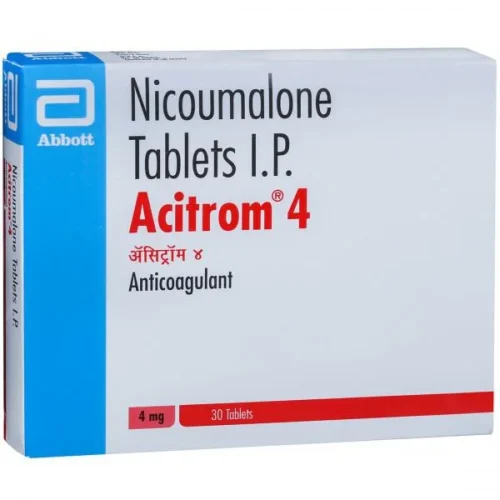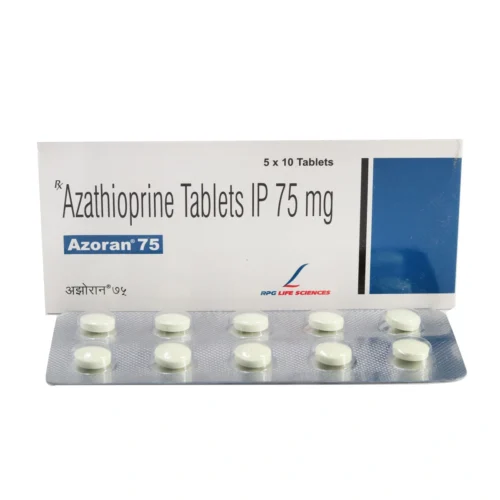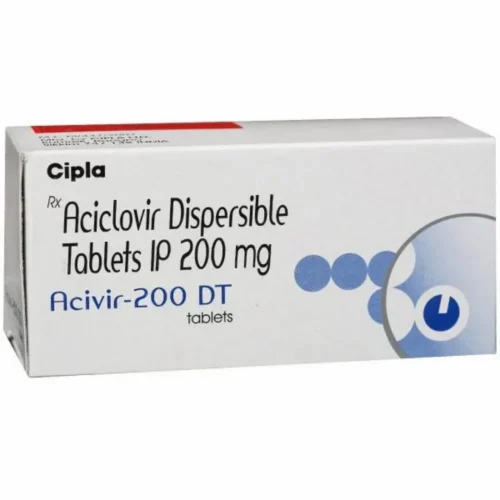Use:
it is a blood pressure medication used to treat high blood pressure (hypertension). It is a mix of two medicines used to control high blood pressure when the use of a single medication is ineffective. It reduces the risk of future heart attacks and strokes. is used to treat hypertension and heart failure and can be prescribed post-arrhythmia. It also reduces the risk of heart attack or stroke.
Indication:
take it with or without food. It should be taken in the morning to prevent frequent urination during the night. Keep taking this medicine for as long as your doctor tells you to. Even if you are feeling fine, do not stop taking this medicine because high blood pressure usually does not have any symptoms. Stopping this medicine may make your condition worse. Keep active by exercising regularly, losing weight, and eating a good diet. Follow your doctor’s instructions while taking this medication.
Side Effects:
Common side effects include nausea, digestive problems, taste changes, and diarrhoea. Talk to your doctor if any of these symptoms bother you, worsen, or persist. Tell your doctor if you have a persistent cough or throat irritation. Try to drink plenty of fluids during treatment to overcome muscle weakness and dry mouth, as well as extreme thirst. Low blood pressure can cause dizziness, but this improves over time.
Safety Advice:
It is important to inform your doctor if you have liver or kidney issues prior to taking this medicine. Women who are pregnant or breastfeeding should consult their doctor before taking this medication. You should also inform your doctor about any other medications you are taking, particularly those used to treat hypertension or heart disease. Your doctor should check your blood pressure, renal function and potassium levels regularly to ensure that this medicine is effective.


